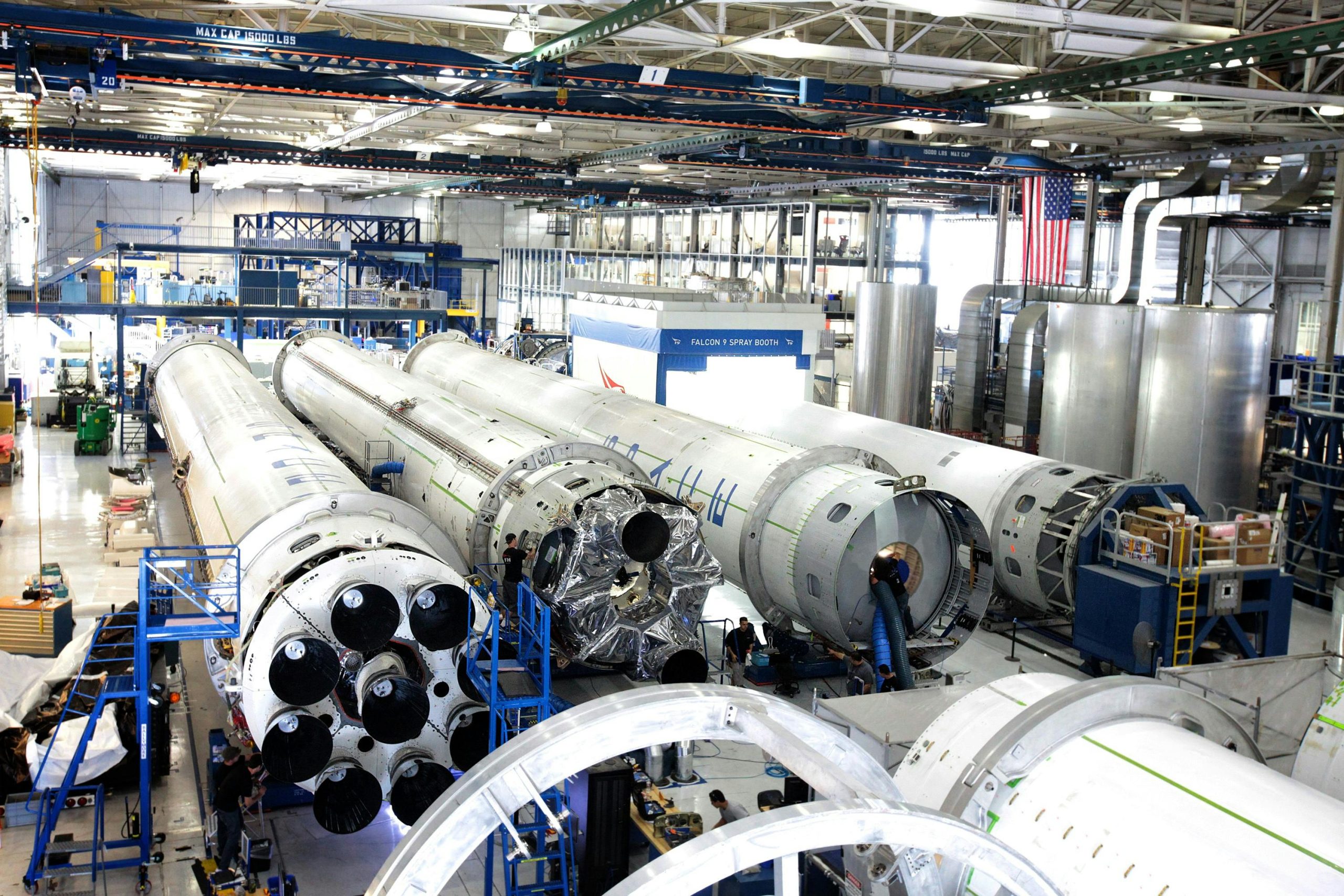
- admin
- February 28, 2024
Journey into the Diverse World of Underground Storage Tanks
Underground storage tanks (USTs) play a vital role in storing hazardous substances such as petroleum and chemicals across the United States. Understanding the different types of USTs is crucial for ensuring environmental protection and compliance with regulatory standards. In this article, we’ll delve into the various types of USTs commonly used in the US and their unique features and applications.
- Steel Tanks: Steel USTs are one of the most common types used in the US. They are durable, corrosion-resistant, and can withstand harsh underground conditions. Steel tanks are often coated with corrosion-resistant materials such as fiberglass or epoxy to enhance their longevity. These tanks are widely used for storing petroleum products such as gasoline, diesel, and heating oil.
- Fiberglass Tanks: Fiberglass USTs are lightweight, corrosion-resistant, and have a longer lifespan compared to steel tanks. They are ideal for storing a wide range of chemicals, including corrosive substances and petroleum products. Fiberglass tanks offer excellent resistance to corrosion, rust, and degradation, making them a popular choice for underground storage.
- Double-Wall Tanks: Double-wall USTs feature an inner and outer tank, providing an additional layer of protection against leaks and spills. In the event of a breach in the inner tank, the outer tank acts as a secondary containment barrier, preventing the release of hazardous substances into the environment. Double-wall tanks are commonly used for storing hazardous chemicals and petroleum products, offering enhanced safety and environmental protection.
- Concrete Tanks: Concrete USTs are durable, fire-resistant, and can withstand extreme environmental conditions. They are often used for storing large volumes of petroleum products, such as gasoline and diesel, at fueling stations and industrial facilities. Concrete tanks require proper installation and maintenance to prevent cracking, corrosion, and leaks.
- Composite Tanks: Composite USTs are constructed using a combination of materials, such as fiberglass and resin, to create a lightweight and corrosion-resistant tank. These tanks offer excellent durability and resistance to corrosion, making them suitable for storing a wide range of chemicals and petroleum products. Composite tanks are commonly used in industries where corrosion and environmental protection are paramount.
Understanding the different types of underground storage tanks is essential for ensuring the safe and reliable storage of hazardous substances in the United States. Whether it’s steel, fiberglass, double-wall, concrete, or composite tanks, each type offers unique features and benefits for various applications. By selecting the appropriate UST based on the specific requirements and environmental considerations, businesses can ensure compliance with regulatory standards and protect the environment for future generations.
- underground fuel tanks
- Underground Storage Tanks
Category
- Above Ground Fuel Tanks
- Above Ground Gas Storage Tank
- Above Ground Storage Tanks
- Above Ground Water Storage Tanks
- Agricultural Tanks
- Chemical storage Tanks
- Diesel Fuel Storage Tanks
- Diesel Storage Tanks
- Exernal FloatingRoof Tanks
- Farm Water Tank
- Fiberglass Oil Tanks
- Fiberglass Septic Tanks
- Fiberglass Tanks
- Fiberglass Underground Fuel Storage Tanks
- Field Erected Tanks
- Floating Roof Tank
- Food and Beverage Tanks
- Fuel tank
- Industrial Chemical Storage Tanks
- Industrial Gas Tanks
- Industrial Hot Water Storage Tanks
- industrial hot water tank
- Industrial Plastic Tanks
- Industrial Storage Tanks
- Industrial Tank heating pads
- industrial tanks
- Natural gas
- Natural gas vs Propane
- oil storage tank
- Oil Storage Tanks
- Peracitic Acid
- Petroleum Tanks
- Residential gasoline storage tanks
- Residential Water Storage Tanks
- Sodium Hydroxide Storage Requirements
- Sodium Hypochlorite Storage Tanks
- Steel Storage Tanks
- storage tank failure prevention
- Storage Tanks
- Sulfuric Acid Tanks
- Uncategorized
- UnderGround Storage Tanks
- Waste water tank
- Water Storage Tanks

 Tank Size Calculator
Tank Size Calculator





